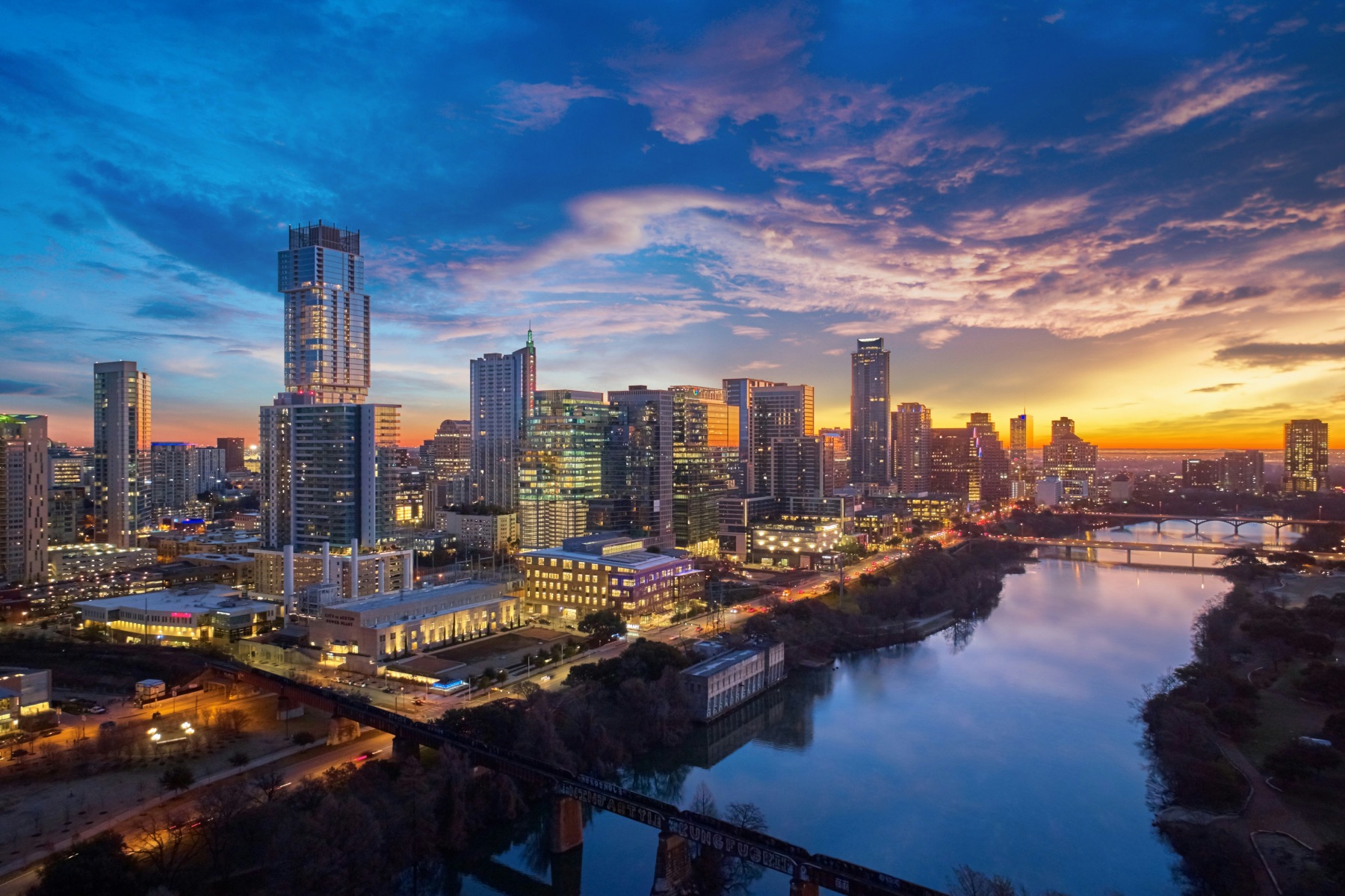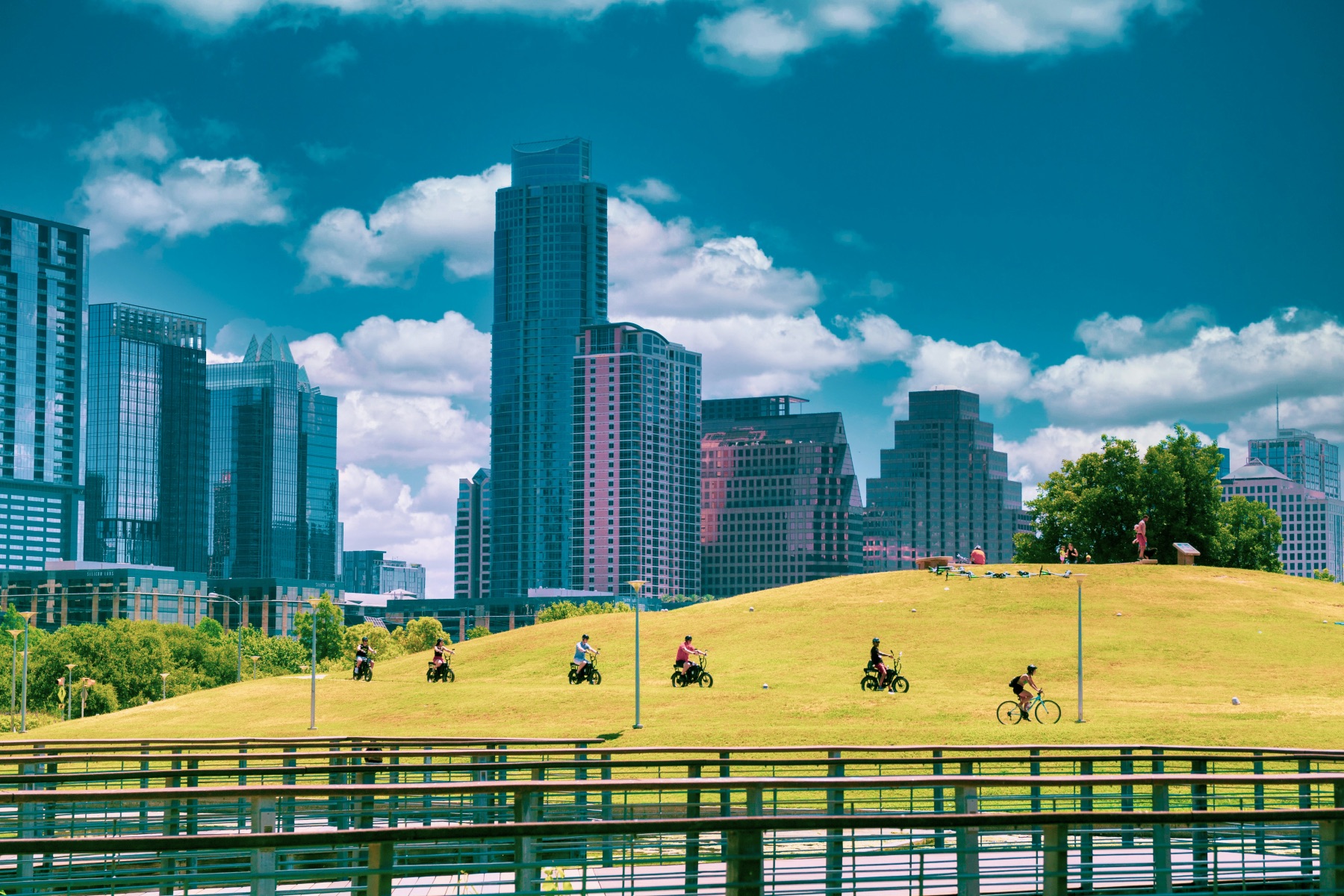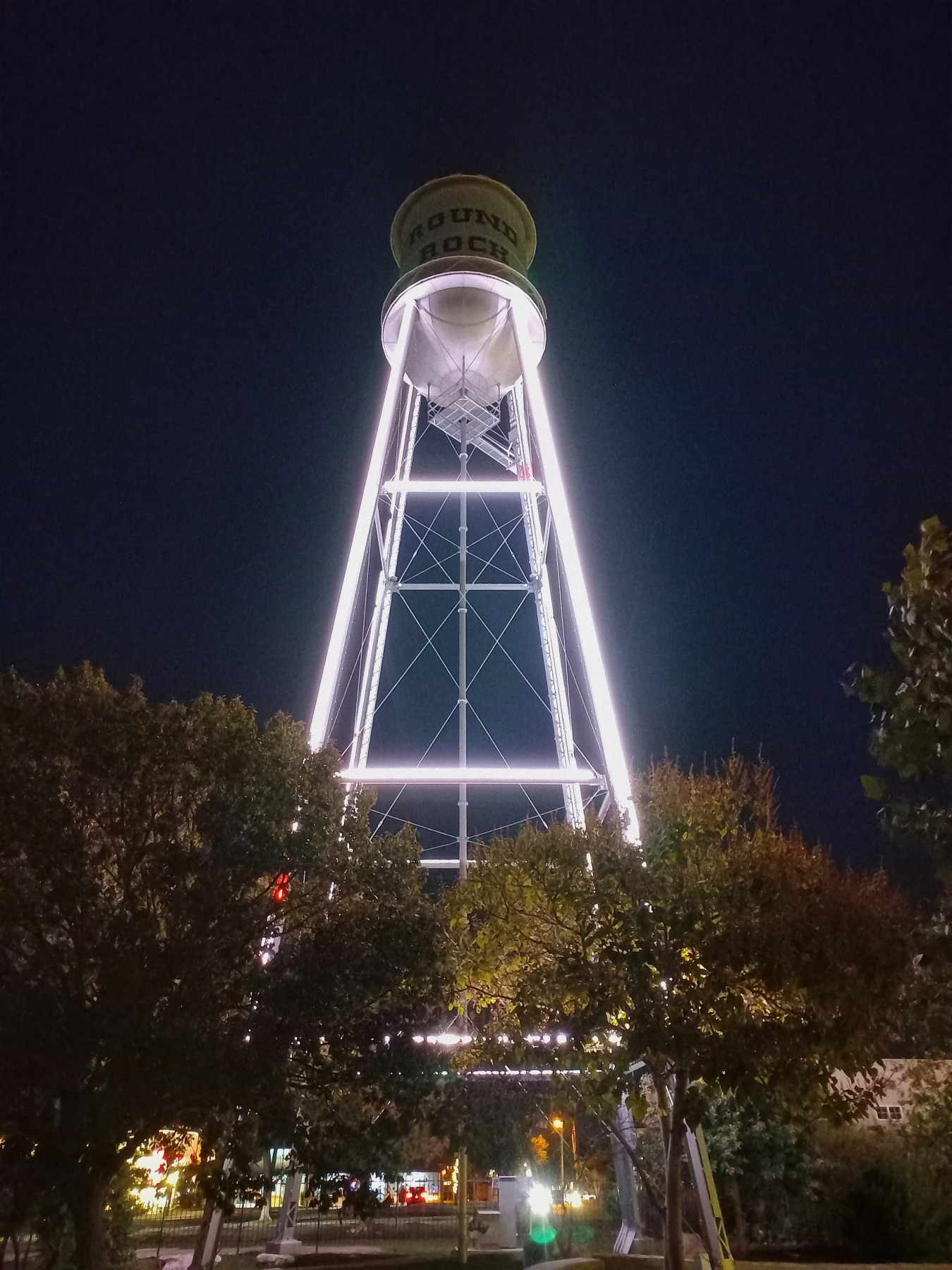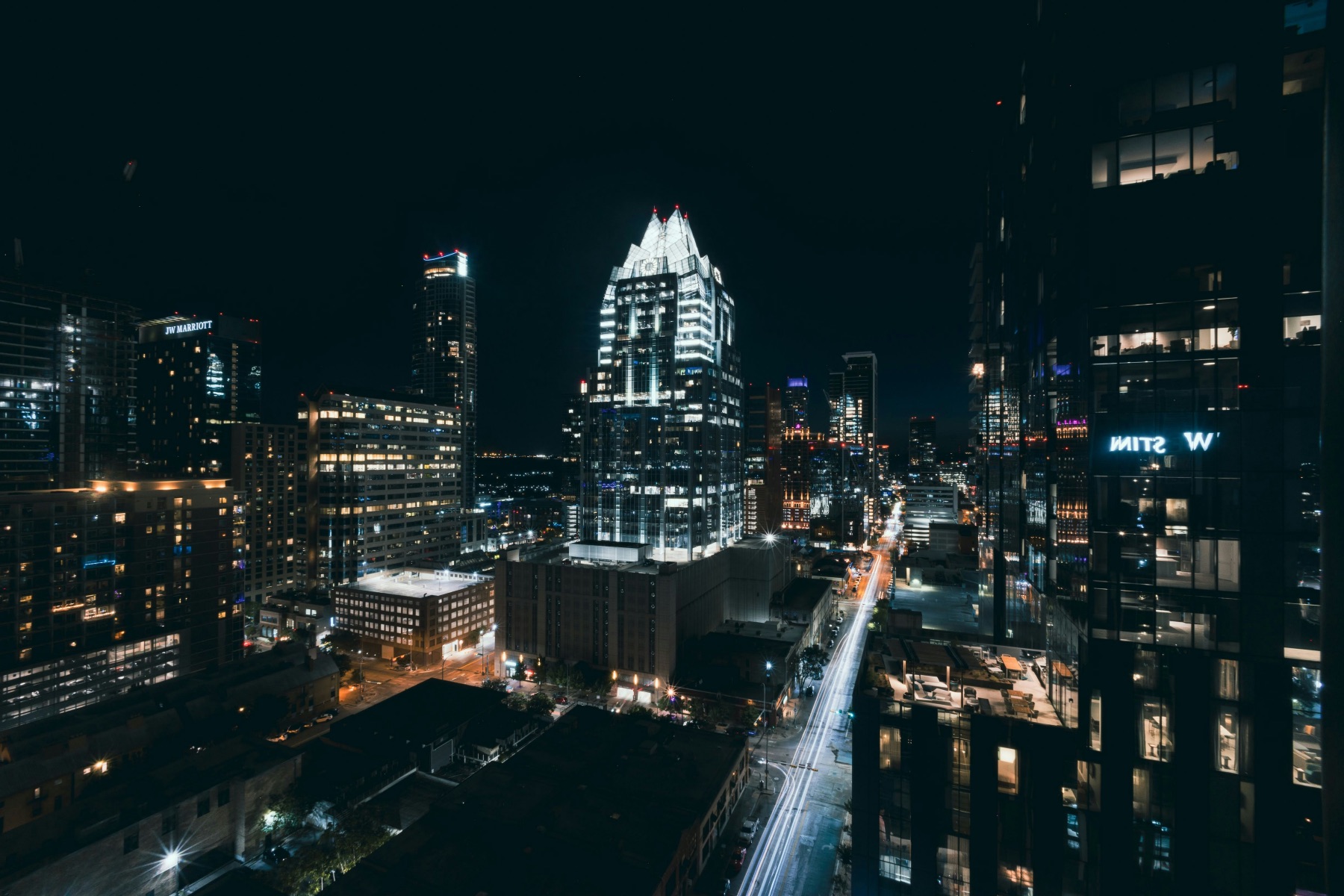If you’re considering a move to Austin, you’re likely asking two critical questions: “Is the job market still strong?” and “Where should I live to be close to the best opportunities?” These are not just career questions; they are lifestyle questions that will shape your entire home buying journey. Choosing the right neighborhood is as much about your commute and professional life as it is about schools, community, and home values.

Austin’s reputation as one of America’s premier job markets has attracted countless professionals, innovative startups, and major corporate expansions. This rapid growth has a direct impact on everything from home prices and traffic patterns to the development of new communities. For a home buyer, understanding the geography of opportunity is essential to making a smart investment. You don’t want to buy your dream home only to discover you’re an hour away from the city’s top employment hubs.
In this comprehensive guide, we’ll dive deep into the Austin job market forecast for 2025 and beyond. We’ll explore which industries are leading the charge, pinpoint the geographical hotspots for hiring, and provide actionable recommendations on where to live based on your profession. Whether you are a tech innovator, a healthcare professional, or a creative spirit, our goal is to help you find not just a job, but a home and a life you’ll love in Austin.
The State of the Austin Job Market in 2025: A Performance Review
After years of explosive growth, Austin’s job market is entering a new phase of mature, steady expansion. While the frenetic pace has moderated, the city’s economy remains a powerful engine of opportunity, consistently outperforming many other major metropolitan areas in the United States. For homebuyers, this signals a more stable, predictable environment for making long-term decisions.
Key Job Growth and Unemployment Metrics
To understand the current landscape, let’s look at the numbers. In 2024, the Austin-Round Rock metropolitan area saw its nonfarm payrolls increase by 28,500 jobs, a growth rate of 2.1%. This performance ranked Austin as the 5th fastest-growing large metro in the country, demonstrating its continued economic vitality.
Entering 2025, the rate of growth has cooled slightly, reflecting a broader national trend. According to the Federal Reserve Bank of Dallas, annualized job growth in early 2025 hovered between 1.2% and 1.5%. While this is a more moderate pace compared to previous years, it’s important to frame this in a national context. The Texas Employment Forecast projects statewide job growth of around 1.7% to 2.0% for 2025, placing Austin firmly in line with the state’s healthy economic trajectory.
What does this mean for you? It means Austin’s job market is normalizing, not declining. The city continues to create thousands of new jobs, and its unemployment rate remains impressively low, sitting around 3.4% to 3.5% in early 2025. This indicates a competitive but healthy labor market where skilled professionals are still in high demand. Furthermore, average hourly earnings stood at approximately $35.65, reflecting the high-value jobs being created.
Population Growth and Workforce Expansion
Austin’s workforce isn’t just growing; it’s expanding with a continuous influx of talent. Opportunity Austin reports that over a recent 12-month period, the labor force grew by an impressive 38,183 people, while the number of unemployed individuals only increased by about 500. This is a clear sign that new arrivals are successfully finding employment.
This trend is set to continue. Long-range planning forecasts predict the Austin metro’s population could more than double to 5.2 million people by 2060. The “Imagine Austin” comprehensive plan anticipates the creation of 350,000 new jobs within its study area by 2040. For a homebuyer, this long-term vision of growth provides confidence that your investment in an Austin home is backed by a robust and expanding economic future.
Headwinds and Risks to Consider
No market is without its challenges. As a prospective homebuyer, it’s wise to be aware of the potential headwinds:
- Housing Affordability: Austin’s desirability has driven up home prices, making affordability a primary concern for many.
- Infrastructure Strain: Congested roads and long commutes from burgeoning suburbs are a daily reality. This makes choosing a neighborhood strategically located near job centers more critical than ever.
- Rising Office Vacancy: Downtown Austin has seen office vacancy rates climb to around 22%. While this reflects the rise of remote and hybrid work, it also signals a shift in where jobs are geographically located, with many companies opting for suburban campuses.
- Competition from Other Texas Cities: Dallas, Houston, and San Antonio are also vying for talent and corporate relocations, creating a competitive landscape across the state.
Despite these challenges, Austin’s unique blend of economic dynamism and quality of life continues to give it a competitive edge.

The Engines of Opportunity: Austin’s Hottest Industries in 2025
What truly sets Austin apart is the diversity of its job market. While tech gets the headlines, several other sectors are creating high-quality jobs, ensuring a resilient and multifaceted economy. Understanding which industries are thriving can help you align your home search with areas poised for long-term growth.
🧠 Tech and Software (AI, Cloud, Cybersecurity)
Tech remains the cornerstone of Austin’s economy. An estimated 16.3% of all jobs in the city are tech-related, a figure far exceeding the national average. Major players like Apple, Meta, Oracle, and Tesla have massive campuses here, continually drawing in talent. The startup scene is equally vibrant, with venture capital flowing into innovative new companies. In-demand roles span from AI engineers and data scientists to cloud architects and cybersecurity analysts.
⚙️ Advanced Manufacturing and Semiconductors
Austin has a rich history in manufacturing, particularly in semiconductors. With national initiatives aimed at strengthening domestic supply chains, Central Texas is a critical hub. Companies are investing in new facilities (fabs) and expanding existing ones, creating jobs in engineering, production, and research.
🌱 Clean Energy, EV, and Battery Technology
Anchored by Tesla’s GigaTexas facility, Austin is at the forefront of the electric vehicle and clean energy revolution. This sector is not just about car manufacturing; it encompasses battery technology, charging infrastructure, grid modernization, and renewable energy solutions. Research in this area is booming, with local institutions exploring how AI can optimize our transition to a greener future.
🩺 Healthcare and Life Sciences
As Austin’s population grows, so does the demand for healthcare services. This sector is a stable and consistent driver of job growth. In January 2025 alone, there were over 8,000 job postings in healthcare-related fields. Major hospital systems like St. David’s HealthCare, Baylor Scott & White Health, and Dell Seton Medical Center are expanding, and the city’s life sciences cluster is flourishing with biotech firms and research institutions.
💰 Finance, Fintech, and Business Services
Austin has become a magnet for financial technology (fintech) firms and corporate services. Drawn by a deep tech talent pool and a business-friendly environment, companies are establishing major operations here, creating jobs in finance, accounting, and management.
🎨 Creative, Media, and Entertainment
Austin’s official motto is the “Live Music Capital of the World,” and its creative spirit is a vital part of its economy. Film production, video game development, digital media, and creative agencies provide thousands of jobs and contribute to the city’s unique cultural identity.

Where the Jobs Are: Mapping Austin’s Top Employment Hubs
One of the biggest anxieties for relocating homebuyers is choosing the wrong neighborhood and facing a grueling daily commute. Austin is a sprawling metropolitan area, and jobs are not confined to a single downtown core. Understanding the geography of these employment centers is the first step to a smarter home search.
Central Austin / Downtown
The iconic skyline of Downtown Austin remains a major employment hub, particularly for government, finance, legal, and corporate headquarters. However, with office vacancy rates on the rise due to hybrid work models, its dominance is being challenged. It remains the heart of the city’s cultural and hospitality scene.
The Domain and North Austin Tech Corridor
Often called Austin’s “second downtown,” this area is a massive cluster of tech companies, from established giants to nimble startups. Spanning from The Domain shopping center up along MoPac Expressway and Parmer Lane, this corridor is a magnet for tech talent. Neighborhoods in North Austin, as well as the suburbs of Round Rock and Cedar Park, offer excellent proximity.
East Austin Innovation District
East Austin is rapidly transforming into a vibrant hub for creative firms, tech startups, and innovative businesses. The area around East Cesar Chavez Street and the Mueller development combines modern office spaces with a walkable, artsy vibe, attracting a younger professional crowd.
South and Southeast Austin (The Tesla Effect)
The arrival of Tesla’s GigaTexas has supercharged job growth in Southeast Austin and the surrounding areas. This region is now a powerhouse for advanced manufacturing, industrial technology, and the EV supply chain. It’s a prime location for engineers, technicians, and logistics professionals.
The Rise of Suburban Job Centers
Austin’s suburbs are no longer just “bedroom communities.” They have evolved into major employment centers in their own right, offering a compelling alternative for those who prefer to live and work outside the urban core.
| Suburb / Area | Key Industries and Employers | Why It’s a Great Place to Live |
| Round Rock | Dell Technologies HQ, healthcare, tech back-offices. | Excellent schools, family-friendly amenities, and direct access to North Austin’s tech corridor via I-35. |
| Cedar Park / Leander | Tech campuses, retail headquarters, healthcare. | Access via major toll roads (183A, 45), growing entertainment options, and proximity to Lake Travis. |
| Georgetown | Healthcare, light manufacturing, professional services. | A charming historic downtown, a strong sense of community, and easy access to the SH 130 corridor. |
| Pflugerville / Hutto | Emerging industrial and logistics hubs, manufacturing. | More affordable housing options with convenient access to major highways like I-35 and SH 130. |
| Kyle / Buda / San Marcos | Logistics, distribution centers, manufacturing. | Located on the booming I-35 South corridor, offering a strategic position between Austin and San Antonio. |
Where to Live in Austin Based on Your Industry
Now, let’s connect the dots. Matching your profession to a specific area can drastically improve your quality of life by cutting down on commute times and placing you within your professional ecosystem. Here are our recommendations for where to focus your home search based on your career.
👨💻 For the Tech Professional
If you’re in tech, your best bet is the northern arc of the metro.

- Prime Neighborhoods: North Austin (near The Domain), Round Rock, Cedar Park, and Leander.
- Why Here: This area gives you direct access to the tech corridor along Parmer Lane and MoPac. You’ll be minutes away from major employers like Apple, Dell, and a host of other tech firms. These suburbs also offer great schools and family-friendly amenities.
- Alternative Pick: East Austin or the Mueller development if you crave a more urban, walkable lifestyle with a shorter commute to downtown and innovation hubs.
🏭 For the Manufacturing and Clean Energy Professional
Your search should focus on the eastern and southeastern parts of the region.
- Prime Neighborhoods: Southeast Austin, Pflugerville, Hutto, and the new developments in areas like Taylor and Manor.
- Why Here: Proximity is everything. Living in these areas puts you close to Tesla’s GigaTexas and the growing cluster of manufacturing plants and industrial parks. Commutes will be significantly shorter, and you’ll find more affordable housing options.
- Alternative Pick: The Kyle and Buda corridor to the south, which is rapidly becoming a hub for logistics and supply chain operations.
🩺 For the Healthcare and Life Sciences Professional
You’ll want to be near the major medical clusters.
- Prime Neighborhoods: Areas near major hospital campuses, such as Westlake, the Zilker area, Mueller, and North Austin. Suburbs like Round Rock and Cedar Park are also excellent choices, as they have their own growing medical centers.
- Why Here: Reducing commute time is critical for healthcare professionals who often work long or irregular hours. Living near these medical districts means you spend less time in traffic and more time at home.
- Alternative Pick: Central neighborhoods like Clarksville or Hyde Park offer a balance of character and convenience, with good access to multiple medical facilities.
💼 For the Finance and Business Services Professional
Your ideal location depends on whether your role is customer-facing or a back-office function.
- Prime Neighborhoods: For roles requiring a downtown presence, look at neighborhoods like Downtown Austin itself, Rainey Street, or the Seaholm District. For corporate campuses, the Domain area or suburbs like Round Rock and Cedar Park are ideal.
- Why Here: These areas provide access to major financial firms and professional services hubs while offering a range of lifestyle options, from urban lofts to suburban family homes.
🎨 For the Creative, Media, and Design Professional
You’ll thrive in neighborhoods known for their character, walkability, and artistic energy.
- Prime Neighborhoods: East Austin, the South Congress (SoCo) area, Mueller, and North Loop.
- Why Here: These neighborhoods are the cultural soul of Austin. They are filled with art galleries, music venues, independent boutiques, and studio spaces, providing the perfect environment for networking and inspiration.

Your Next Step: Finding a Home That Works for You
Austin’s job market in 2025 is a landscape of balanced growth and diverse opportunities. It’s a city that has matured beyond its boom-town phase into a sustainable economic powerhouse. For anyone considering relocating, this presents a fantastic opportunity. The market is strong, opportunities are plentiful, and with strategic planning, you can find a home that perfectly balances your career ambitions with your desired lifestyle.
Choosing the right neighborhood is the most critical decision you’ll make in your relocation journey. It influences your daily commute, your access to professional networks, and your family’s quality of life. Don’t leave this decision to chance.
If you’re ready to explore homes in the neighborhoods that best align with your career, our team of relocation experts is here to help. We specialize in understanding the unique needs of homebuyers moving to Austin for work. We’ll provide you with customized home options, in-depth neighborhood analysis, and the local expertise you need to make a confident decision.
Ready to start your journey? Talk to an Austin Relocation Expert today. We’ll help you navigate the market and find a home near your ideal job center, so you can build a life you love in Austin. Call/text us at (512) 827-8323 or email us at info@11OaksRealty.com to schedule a no obligation consultation.





Leave a Reply